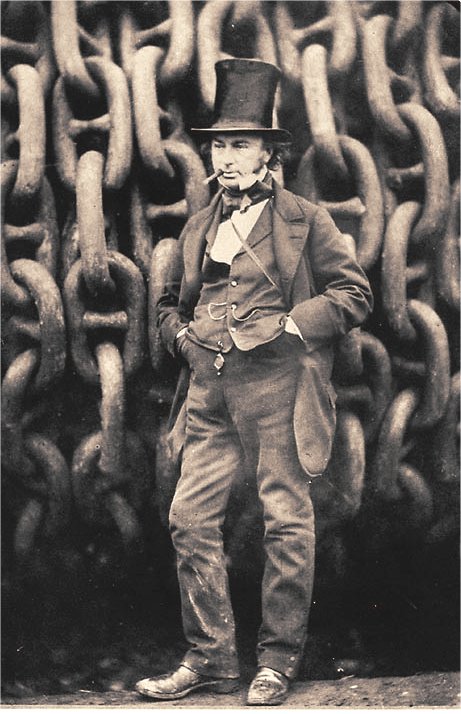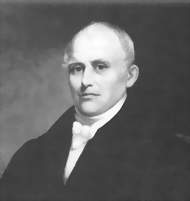Every topic you teach connects to an emotional human experience.
Every child is unique. Effective teachers work constantly and creatively to meet the needs of all the students in their classrooms. Effective teachers also know that amidst the great diversity within their classrooms, there is something that all learners share: emotional responses. Shared human emotions create the plane upon which knowledge becomes most meaningful and memorable.
Tip #10: Humanize. Connect curricular topics to someone’s hopes, fears or passions.
By connecting human emotions with the content of the curriculum you can maximize learning and student engagement.
 Every topic you teach has attached to it the real emotional account of the person who discovered it, named it, battled to make sense of it etc. Make the knowledge you teach more memorable by allowing students to experience that emotion too.
Every topic you teach has attached to it the real emotional account of the person who discovered it, named it, battled to make sense of it etc. Make the knowledge you teach more memorable by allowing students to experience that emotion too.
You can make a mathematical or scientific equations more meaningful to students if you acknowledge the hopes, fears, or passions of the people–or person–who first discovered or used them. Share those stories. You can make historical concepts more meaningful by evoking the human emotions of those involved.
Imaginative educators fill their classroom/learning spaces and moments with human experiences, faces, and emotions. Their teaching contexts (classrooms, living or family rooms, learning centers) are full of ghosts.
Picture the ghosts of great mathematicians floating amongst students in imaginative math classes, the stories of great scientists gliding past students in science labs, or students surrounded with the stories of great authors and poets as they discover their own creative strengths.
I recently discovered a wonderful enactment of the humanization of meaning cognitive tool. Perhaps you’ve heard of a “library” where you meet (“sign out”) an actual person rather than a book? The Human Library Organization represents a worldwide movement for social change. Its aim is to change stereotypes and challenge misconceptions through the sharing of real stories and the face-to-face interactions of real people. I love the headings “meet our books” and “want to be a book?” Bring engineering to life through the emotional experiences of an engineer. Bring a face to issues of social justice through the struggles of a refugee. Seek the emotional human angle.
Examples
My first example shows how the humanization of meaning cognitive tool can frame teaching about different mathematical equations. Here, great mathematicians were asked to identify what they thought were the most beautiful equations. (Spoiler alert: pi won). (*This article also shows how math teaching can engage students by evoking what is heroic about the topic–in this case mathematical equations as beautiful. Learn more about the heroic quality cognitive tool here.)
This example for SS/History teachers is taken from an Imaginative Education unit on the Industrial Revolution. In the excerpt below you can see the following cognitive tools at work: Humanization of meaning, mental imagery, heroic qualities.
 Synopsis: This is an example of a possible beginning for a unit on the Industrial Revolution that introduces extraordinary people involved in the industrial era.
Synopsis: This is an example of a possible beginning for a unit on the Industrial Revolution that introduces extraordinary people involved in the industrial era. It is one way we might provide students access to the emotional significance of the Industrial Revolution. What can be seen at the heart of the Industrial Revolution – indeed, at the heart of all technological change – is imagination. It is the creative energy and ingenuity of people like Brunel, Watt and Slater who chose to envision possibilities for improving the known world. Students are connected, in a powerful way, with these men of hazy photographs, strange clothes and serious expressions by means of their imagination, the creative energy, optimism and passion that led them to ask “why…” and “what if…”
It is one way we might provide students access to the emotional significance of the Industrial Revolution. What can be seen at the heart of the Industrial Revolution – indeed, at the heart of all technological change – is imagination. It is the creative energy and ingenuity of people like Brunel, Watt and Slater who chose to envision possibilities for improving the known world. Students are connected, in a powerful way, with these men of hazy photographs, strange clothes and serious expressions by means of their imagination, the creative energy, optimism and passion that led them to ask “why…” and “what if…”
 Loading...
Loading...
Summing Up
In summary, to employ the humanization of meaning cognitive tool, you want to bring the human dimension to life in your lessons. Put a “face” to the topic you are teaching. Final tip: We are, of course, hoping to create engaging accounts that intrigue our students…so don’t offer them the life stories of people they already know about—the already famous and popular. Instead offer them the less-well-known. The odder, the more eccentric or unbelievable the better.
Join our online community and learn more about Imaginative Education through this Tools of Imagination Series.
This is Tip #10, there are many more TIPS FOR IMAGINATIVE EDUCATORS to come describing how to engage all students in learning.
Imagination doesn’t play favourites–it is involved in the learning of all the topics of the curriculum. All ages. Find out more with the lessons, units, and resources form #imaginED.
Subscribe today!

